Inbox and Environment News: Issue 336
November 5 - 11, 2017: Issue 336
Aussie Bird Count Statistics Nationally And Locally: 2017
 | Aussie bird count 2017 National and Local by Postcode as at Oct.pdf Size : 113.804 Kb Type : pdf |
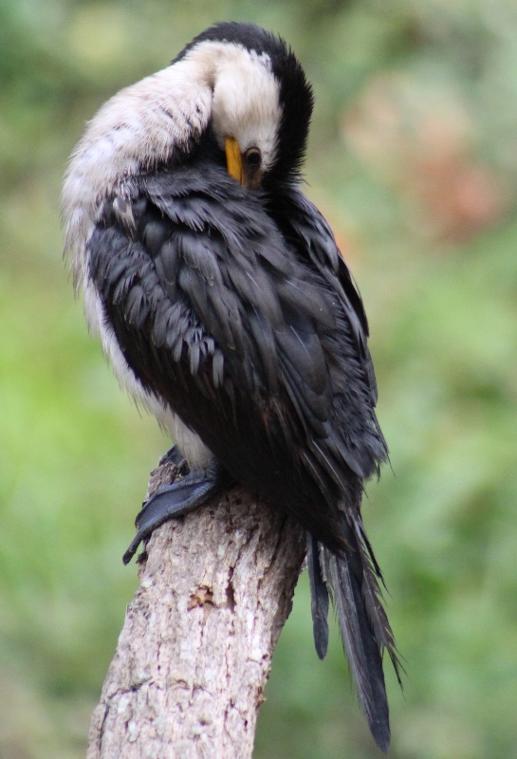
Draft Environment SEPP
Major Changes: State Environmental Planning Controls
Primary Production And Rural Development
Draft SEPP And Planning Reforms
Repeal Of Two Operational SEPPs
EP&A Regulation Review
Birds In Careel Creek This Week
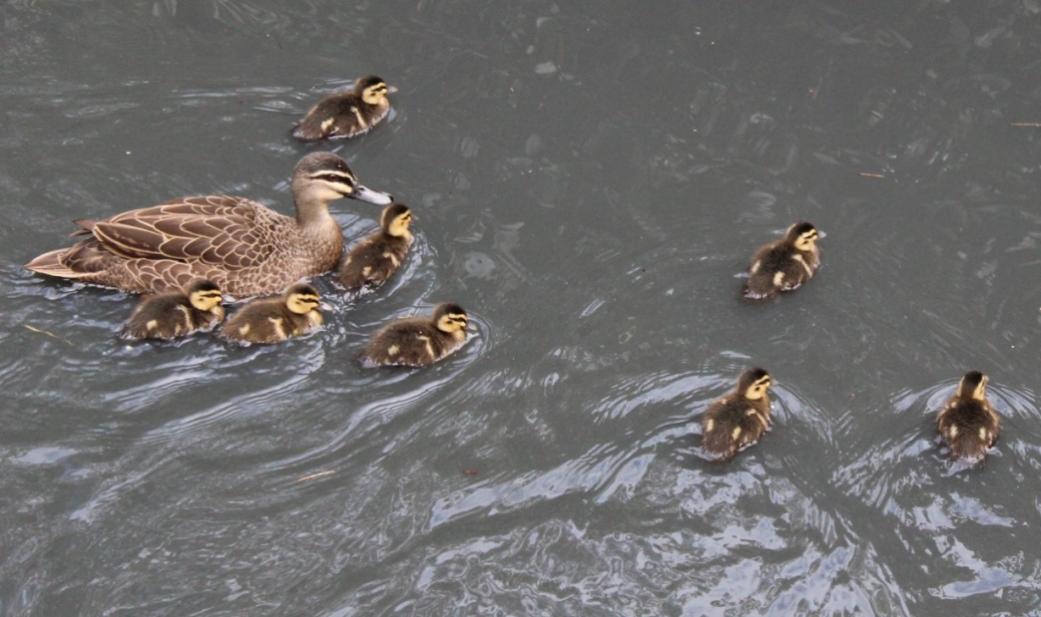
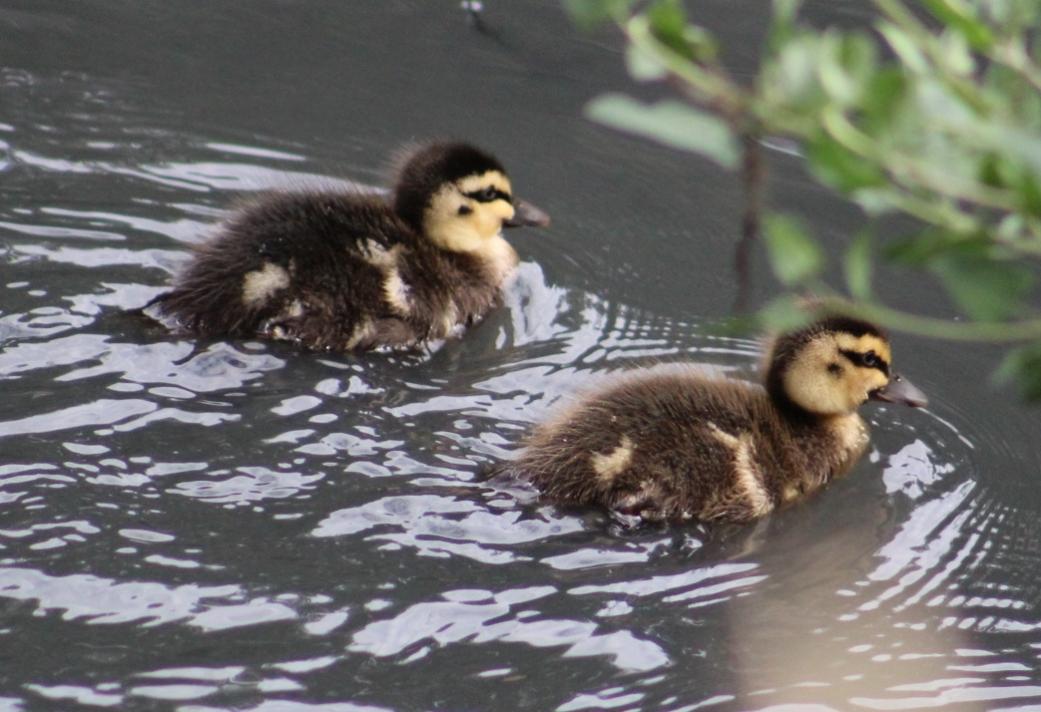
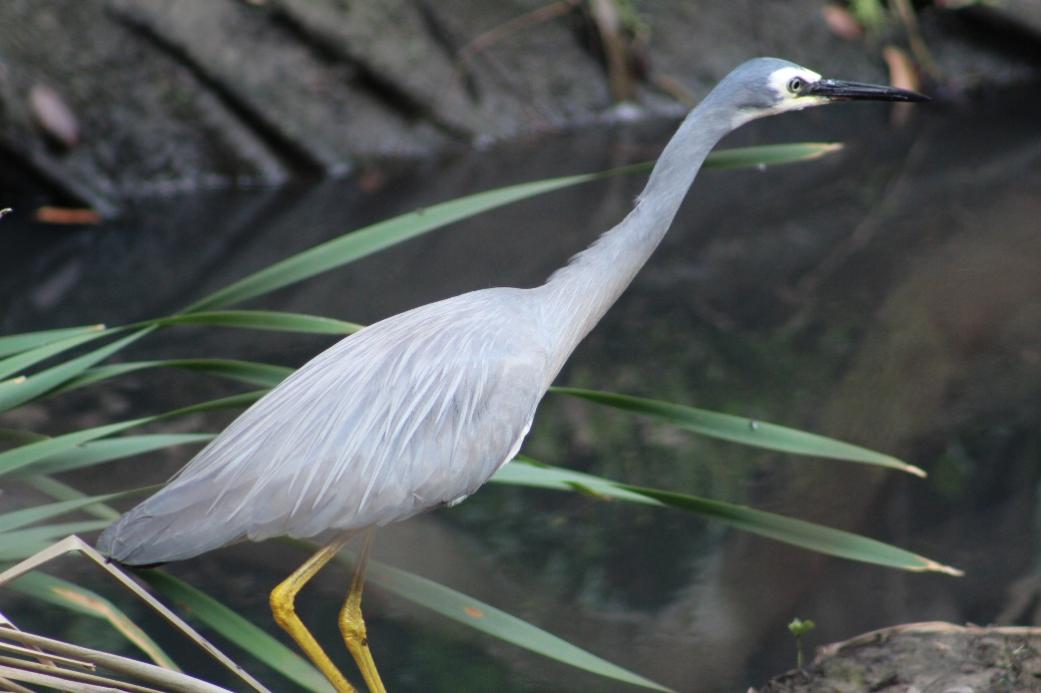
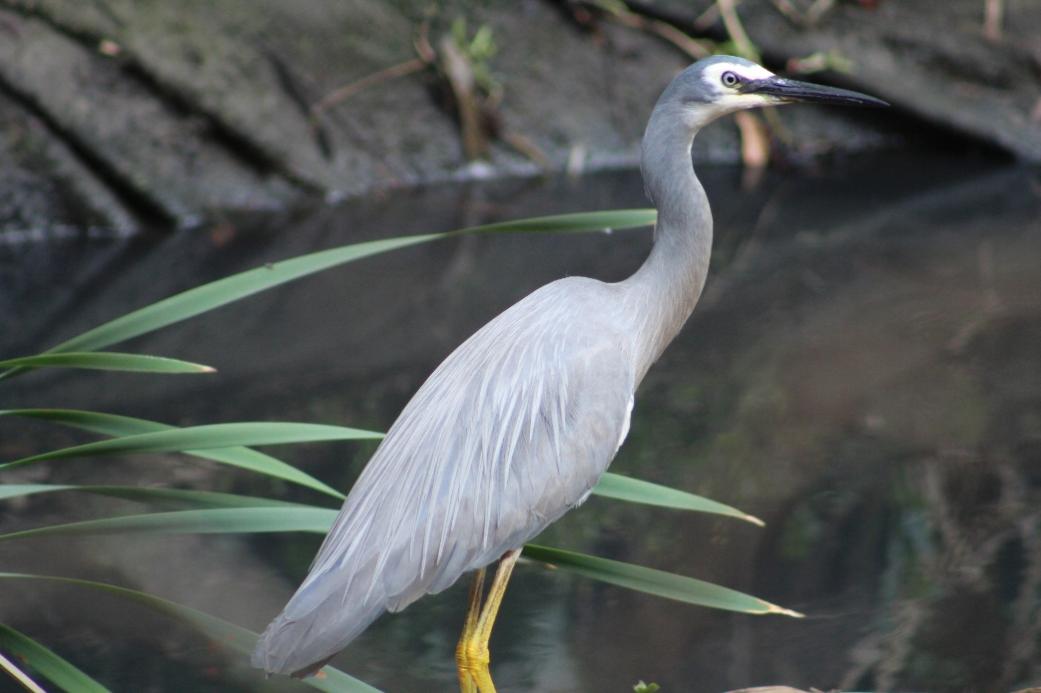
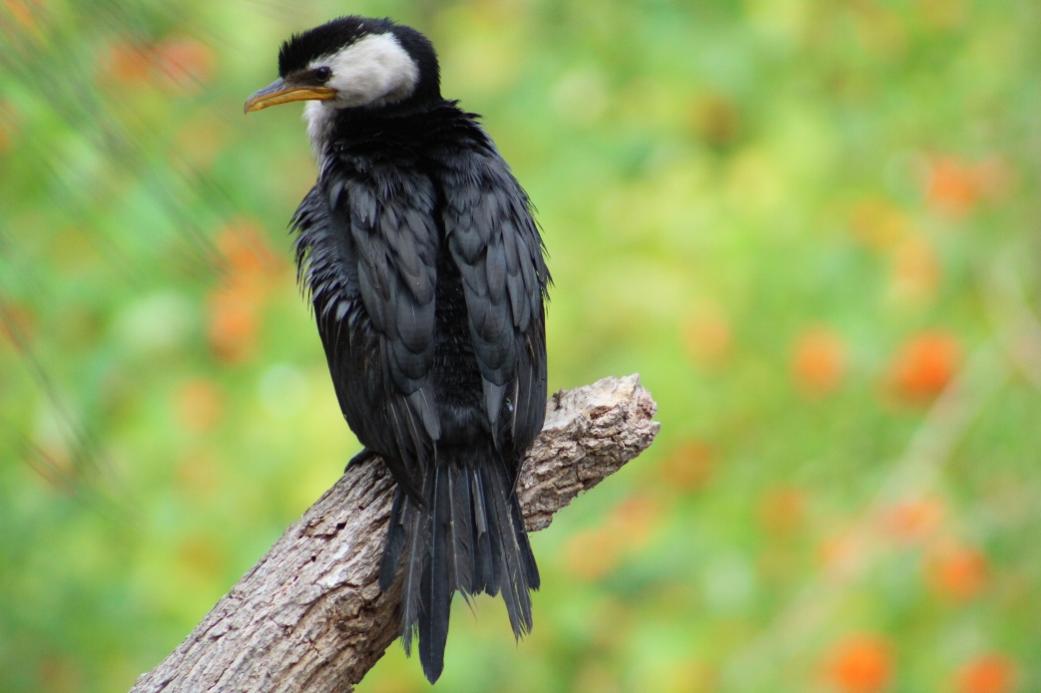
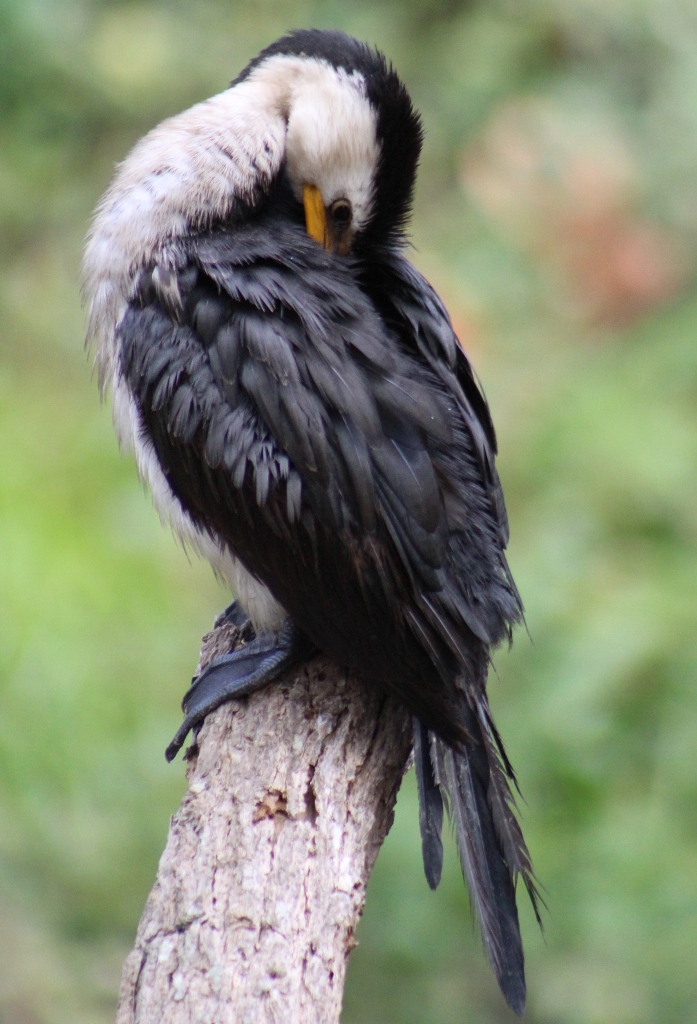
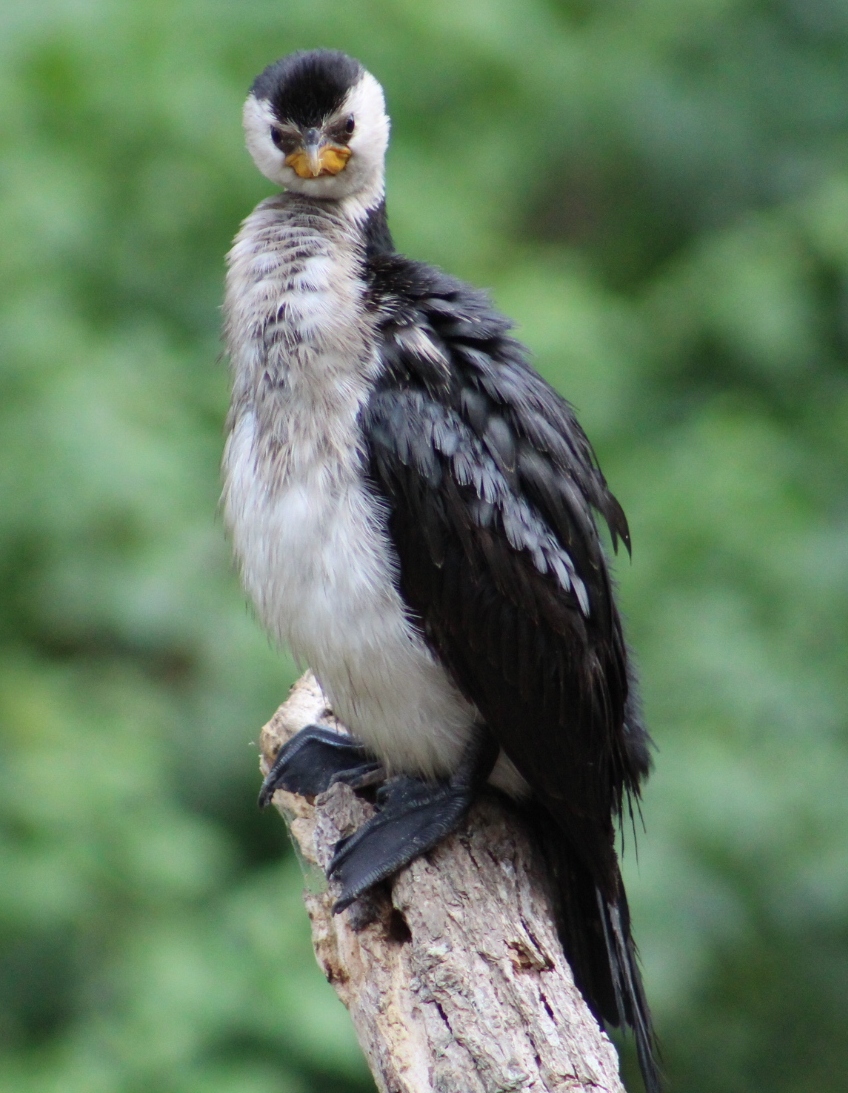
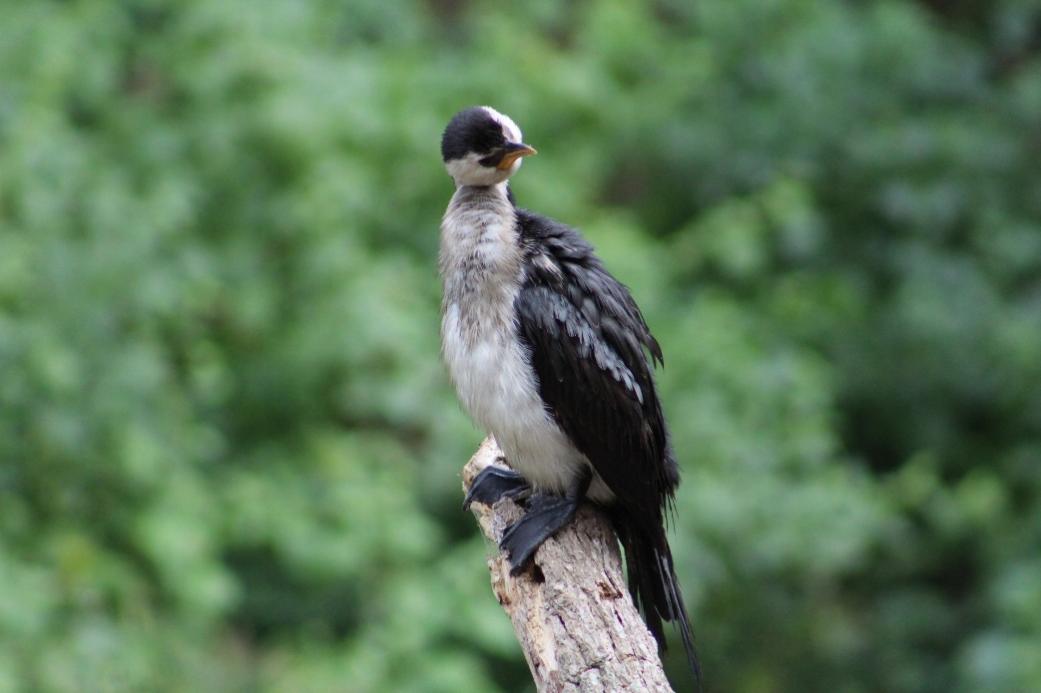
UNESCO recognises our colossal images of Sydney Harbour
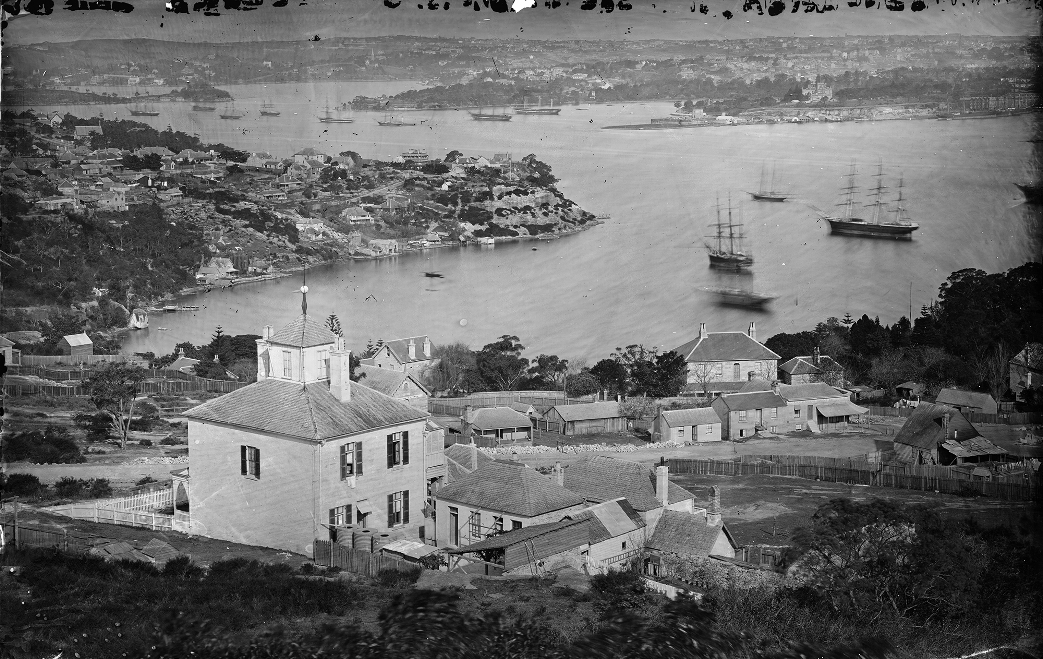
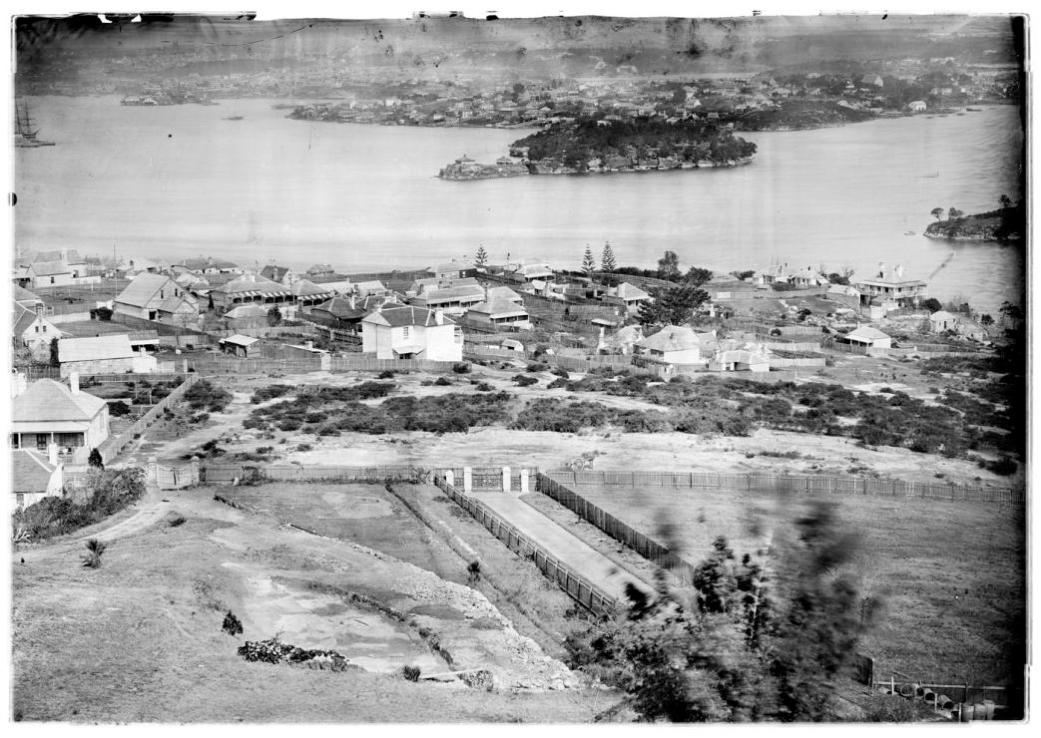
AFMA Research Committee 2018 Call For Research
- use the project scopes outlined below as a guide when developing their full proposals to meet the identified need for the project
- use the ARC application form to prepare their proposals
- the projected costs and expected funding source, as well as alternatives.
- the proposed contractor’s full legal identity/description, including each corporation’s full description and Australian Company Number or the full names of all partners/joint venturers. A trading name and/or Australian Business Number should also be notified, but only if registered to the parties described
- email their completed full proposal to the Research Section at Secretary@afma.gov.au by 31 January 2018.
Both The Aggressor And The Victim: Alarming Number Of Teens Cyberbully Themselves
How Flu Shot Manufacturing Forces Influenza To Mutate
AEC To Conduct Special Counts For New South Wales, Queensland And Western Australian Senate On Monday Nov 6
Spider Silk Could Be Used To Power Microphones In Hearing Aids, Cell Phones
Facebook And ESafety Office Partner To Protect Australians Online
Office Of The ESafety Commissioner
Reducing Threats To The NSW Marine Estate
- Improve water quality and reduce litter
- Achieve sustainable coastal use and development for healthy habitats
- Assist planning for a changing climate
- Reduce impacts on wildlife
- Protect the cultural values of the marine estate
- Ensure sustainable fishing and aquaculture
- Enable safe and sustainable boating
- Improve governance and enhance social and economic benefits
Planning Body Should Reject Damaging Wallarah 2 Coal Mine Expansion
Green Infrastructure Needed To Future-Proof The City
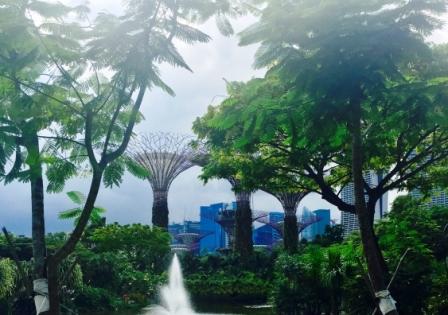
Management Plans For Marine Parks
- Green zones offer a high level of protection for conservation features like canyons, seamounts and reefs.
- Yellow zones support activities like fishing and diving, so long as the seafloor is not harmed.
- Blue zones allow a wider range of activities, supporting our sustainable commercial industries and the coastal communities that rely on them.
- Developing apps to bring your marine parks to you, from the central desert to the tropics, wherever you are.
- Citizen science. We’re all passionate about marine parks – help us manage them.
- Scientific experts, from programs like the National Environmental Science Programme, on voyages of discovery.
- We’re working with agencies such as the Australian Fisheries Management Authority to help commercial fishers do the right thing.
- We’re working with Australian Border Force to target illegal fishing, such as foreign vessels after our valuable beche-de-mer (sea cucumber) in the Coral Sea.
- We’re working with the Australian Maritime Safety Authority, a world leader in responding to marine emergencies.
- To help us manage Commonwealth waters, we will work closely with those who already manage marine parks – like the Great Barrier Reef Marine Park Authority and our state and territory colleagues – and use their advice and experience to manage our oceans as a whole.
Applications Roll In For Experts To Join IHAPs
Grand Canyon Track Reopens After Restoration
Greater Sydney Local Land Service Mini-Grants Now Open
- community events
- running of field days, workshops and courses
- educational signage
- production and distribution of educational resources such as fact sheets and booklets
- small scale demonstration style on-ground works that have an education focus.
Australia Commits To Phase-Down Potent Greenhouse Gases
$3 Million In Grants Now Available For Commuity Recycling Centres
Asparagus Fern

Navigation Warning - NSW Coastal Waters: Whale Migration Season
Energy Locals For 100% Carbon Neutral Plans
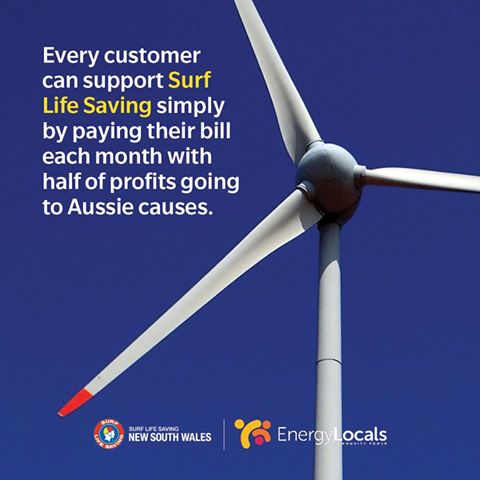
Myna Action Group
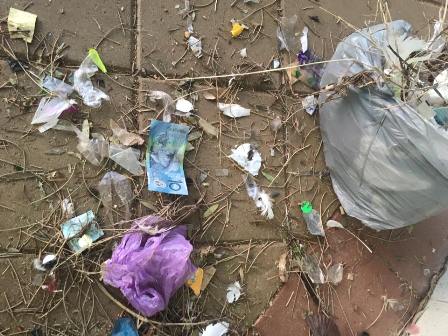
Living Ocean
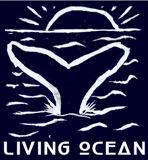 Living Ocean was born in Whale Beach, on the Northern Beaches of Sydney, surrounded by water and set in an area of incredible beauty.
Living Ocean was born in Whale Beach, on the Northern Beaches of Sydney, surrounded by water and set in an area of incredible beauty.Wildlife Carers and Organisations in Pittwater:
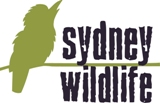 Sydney Wildlife rescues, rehabilitates and releases sick, injured and orphaned native wildlife. From penguins, to possums and parrots, native wildlife of all descriptions passes through the caring hands of Sydney Wildlife rescuers and carers on a daily basis. We provide a genuine 24 hour, 7 day per week emergency advice, rescue and care service.
Sydney Wildlife rescues, rehabilitates and releases sick, injured and orphaned native wildlife. From penguins, to possums and parrots, native wildlife of all descriptions passes through the caring hands of Sydney Wildlife rescuers and carers on a daily basis. We provide a genuine 24 hour, 7 day per week emergency advice, rescue and care service.
As well as caring for sick, injured and orphaned native wildlife, Sydney Wildlife is also involved in educating the community about native wildlife and its habitat. We provide educational talks to a wide range of groups and audiences including kindergartens, scouts, guides, a wide range of special interest groups and retirement villages. Talks are tailored to meet the needs and requirements of each group.
Found an injured native animal? We're here to help.
Keep the animal contained, warm, quiet and undisturbed. Do not offer any food or water. Call Sydney Wildlife immediately on 9413 4300, or take the animal to your nearest vet. Generally there is no charge. Find out more at: www.sydneywildlife.org.au
 Southern Cross Wildlife Care was launched over 6 years ago. It is the brainchild of Dr Howard Ralph, the founder and chief veterinarian. SCWC was established solely for the purpose of treating injured, sick and orphaned wildlife. No wild creature in need that passes through our doors is ever rejected.
Southern Cross Wildlife Care was launched over 6 years ago. It is the brainchild of Dr Howard Ralph, the founder and chief veterinarian. SCWC was established solely for the purpose of treating injured, sick and orphaned wildlife. No wild creature in need that passes through our doors is ever rejected.
People can assist SCWC by volunteering their skills ie: veterinary; medical; experienced wildlife carers; fundraising; "IT" skills; media; admin; website etc. We are always having to address the issue of finances as we are a non commercial veterinary service for wildlife in need, who obviously don't have cheque books in their pouches. It is a constant concern and struggle of ours when we are pre-occupied with the care and treatment of the escalating amount of wildlife that we have to deal with. Just becoming a member of SCWC for $45 a year would be a great help. Regular monthly donations however small, would be a wonderful gift and we could plan ahead knowing that we had x amount of funds that we could count on. Our small team of volunteers are all unpaid even our amazing vet Howard, so all funds raised go directly towards our precious wildlife. SCWC is TAX DEDUCTIBLE.
Find out more at: southerncrosswildlifecare.org.au/wp/
Think before you print ; A kilo of recycled paper creates around 1.8 kilograms of carbon emissions, without taking into account the emissions produced from transporting the paper. So, before you send a document to print, think about how many kilograms of carbon emissions you could save by reading it on screen.
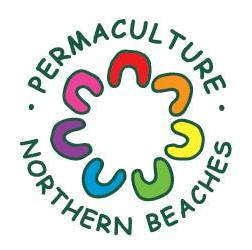 Want to know where your food is coming from?
Want to know where your food is coming from?
Do you like to enrich the earth as much as benefit from it?
Find out more here:
Create a Habitat Stepping Stone!
Over 50 Pittwater households have already pledged to make a difference for our local wildlife, and you can too! Create a habitat stepping stone to help our wildlife out. It’s easy - just add a few beautiful habitat elements to your backyard or balcony to create a valuable wildlife-friendly stopover.
How it works
1) Discover: Visit the website below to find dozens of beautiful plants, nest boxes and water elements you can add to your backyard or balcony to help our local wildlife.
2) Pledge: Select three or more elements to add to your place. You can even show you care by choosing to have a bird appear on our online map.
3) Share: Join the Habitat Stepping Stones Facebook community to find out what’s happening in the natural world, and share your pics, tips and stories.
What you get
• Enjoy the wonders of nature, right outside your window. • Free and discounted plants for your garden. • A Habitat Stepping Stone plaque for your front fence. • Local wildlife news and tips. • Become part of the Pittwater Habitat Stepping Stones community.
Get the kids involved and excited about helping out!www.HabitatSteppingStones.org.au
No computer? No problem -Just write to the address below and we’ll mail you everything you need. Habitat Stepping Stones, Department of Environmental Sciences, Macquarie University NSW 2109. This project is assisted by the NSW Government through its Environmental Trust
Newport Community Gardens
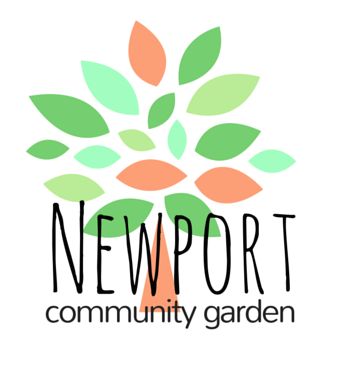
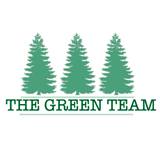 The Green Team
The Green Team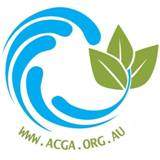 Avalon Community Garden
Avalon Community Garden
Community Gardens bring people together and enrich communities. They build a sense of place and shared connection.
Avalon Community Garden is a community led initiative to create accessible food gardens in public places throughout the Pittwater area. Our aim is to share skills and knowledge in creating fabulous local, organic food. But it's not just about great food. We also aim to foster community connection, stimulate creative ideas for community resilience and celebrate our abundance. Open to all ages and skills, our first garden is on the grounds of Barrenjoey High School (off
www.pcga.org.
Avalon Boomerang Bags 2017 Workshops
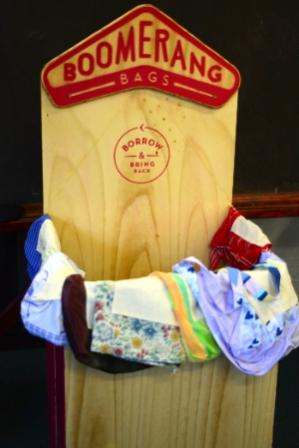 Boomerang Bag Working Bees run in Mona Vale onTuesdays 11:30am- 5pm.
Boomerang Bag Working Bees run in Mona Vale onTuesdays 11:30am- 5pm.
For those of you unable to come to workshops there are many other ways to get involved, just let us know you're willing by leaving a comment or sending us a message.
Pictured is a Boomerang Bag Box.
The boxes are located at:
A huge thank you to everybody who has helped Boomerang Bags Avalon get this far. But the work is not over yet. Materials and more hands always welcome Facebook page Profile
Petition: Rescind Adani's Unlimited Water License And Support Aussie Farmers!
KIMBY's 53,000 Reasons To End Excessive Tree-Clearing
WWF: Conservation Plan For Queensland
Missed Opportunity To Protect Antarctic Wildlife On The Brink
Spooky Conservation: Saving Endangered Species Over Our Dead Bodies
Bottlenecks In Early Seagrass Growth Identified
Commercial Use Of Protected Plants: Public Consultation
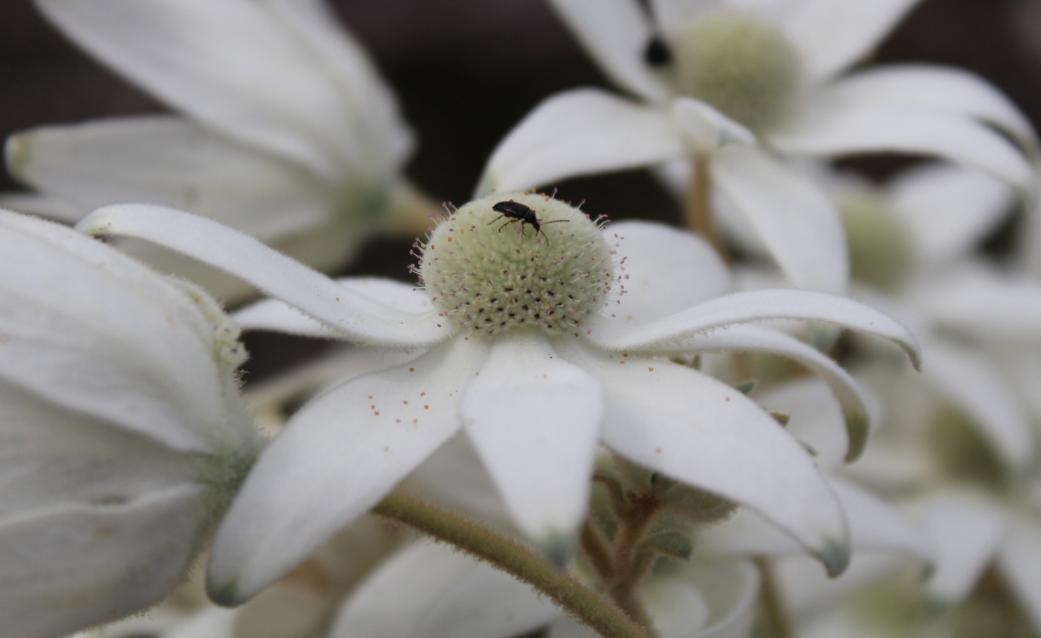
Feral Animals Pose Major Threat To Outback, Climate Change Study Finds
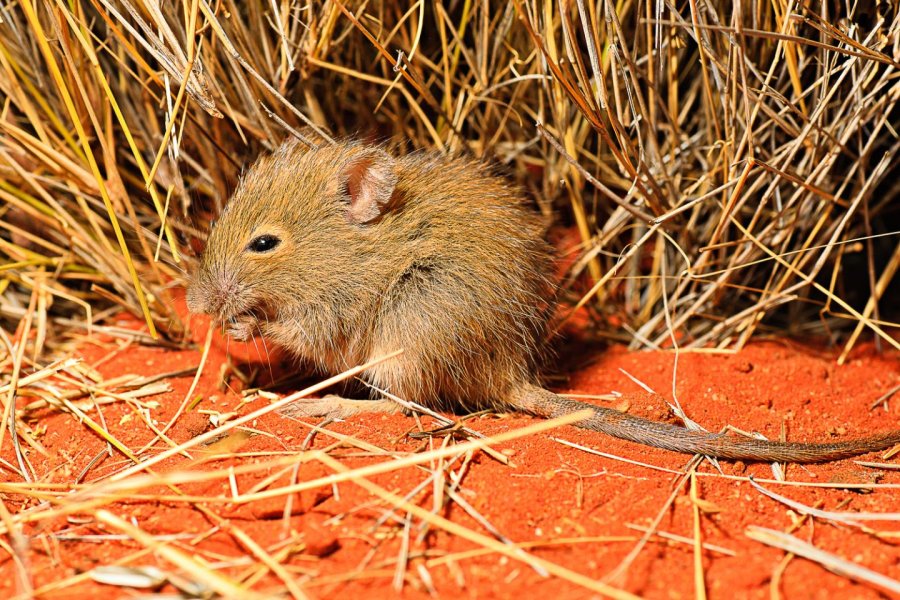
Genetic Study Uncovers Evolutionary History Of Dingoes
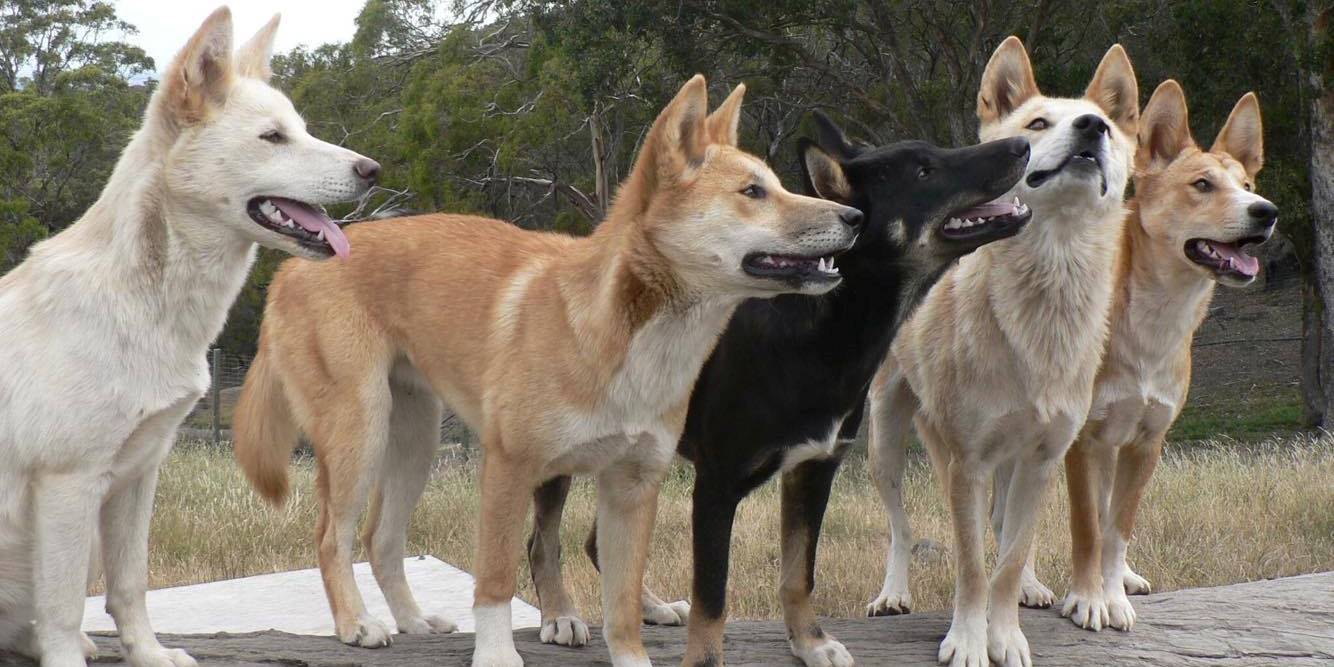
Citizen Science May Boost Engagement And Understanding In Undergraduate Biology Classes
It’s Magpie Swooping Season
- The most sensible method is to avoid walking or riding near trees where magpies are nesting.
- If you can’t avoid the area, try wearing a hat or carrying an umbrella for protection; cyclists can attach a forest of cable-ties to their helmets.
- Attach eye spots to the back of your hat.
- Wave a stick above your head as you walk past.
- Keep an eye on the bird; he’s much less likely to attack if he knows he’s been sussed.
- Above all, don’t harass the birds. Though tempting, it will only make them more aggressive. And remember, harming magpies is against the law.
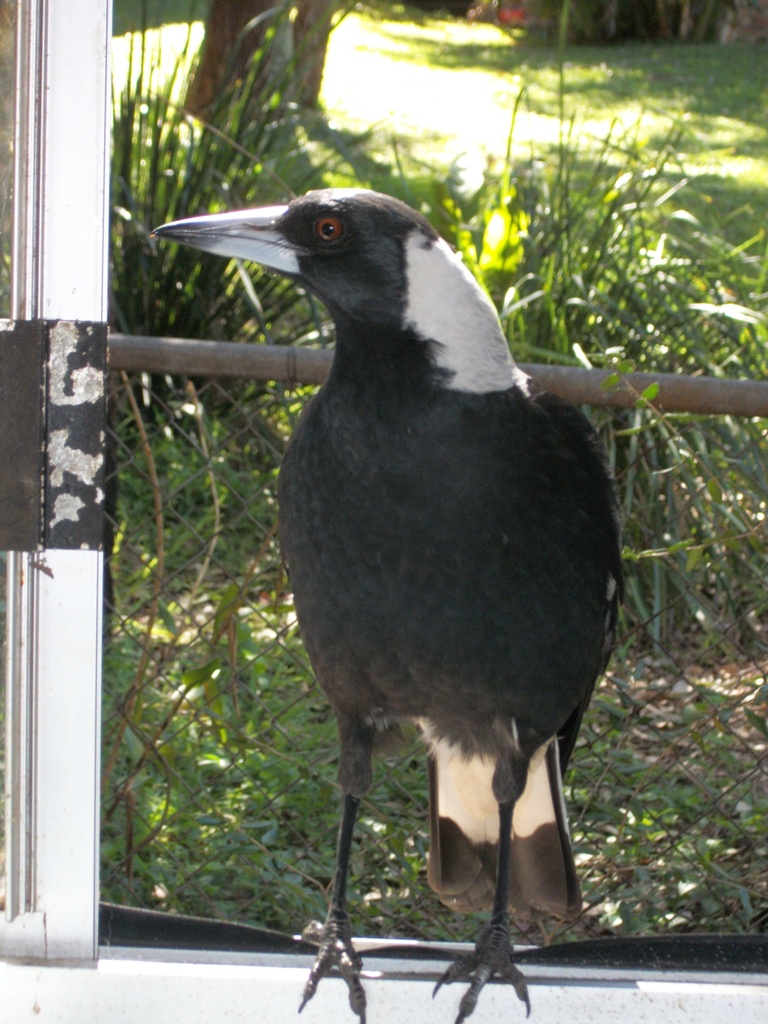
Avalon Boomerang Bags: An Idea That's Spreading To Stop Plastic Bag Use
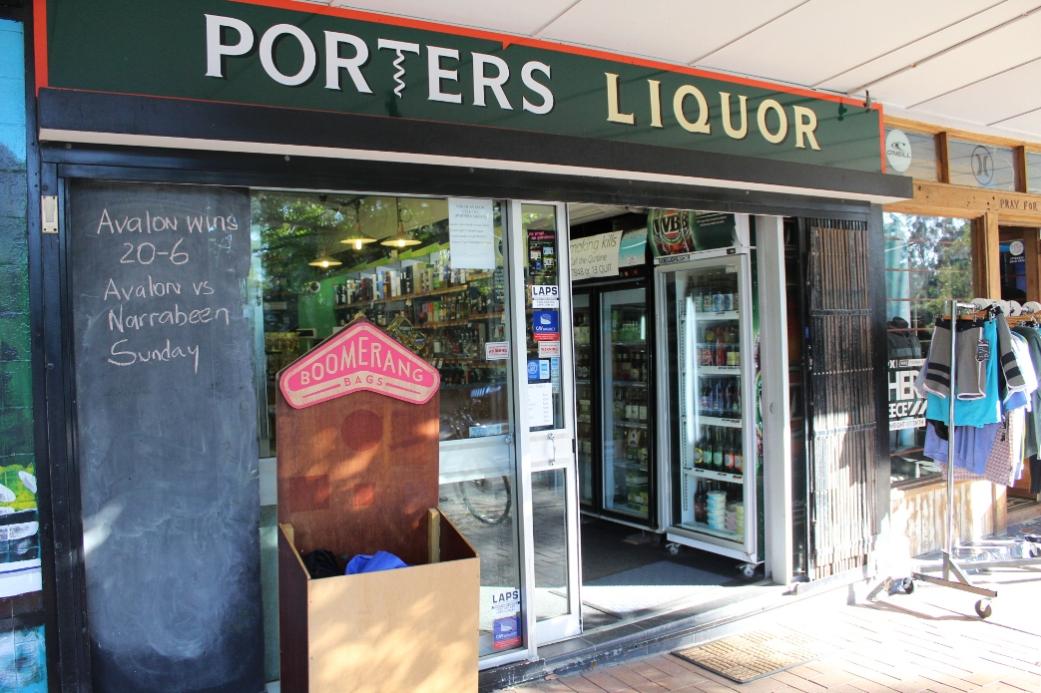
Avalon Boomerang Bags
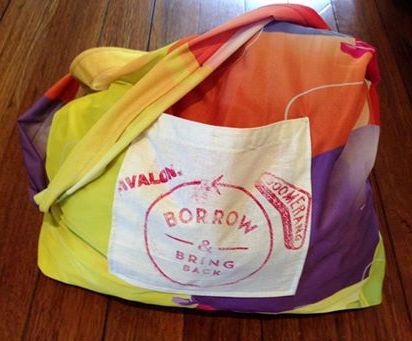
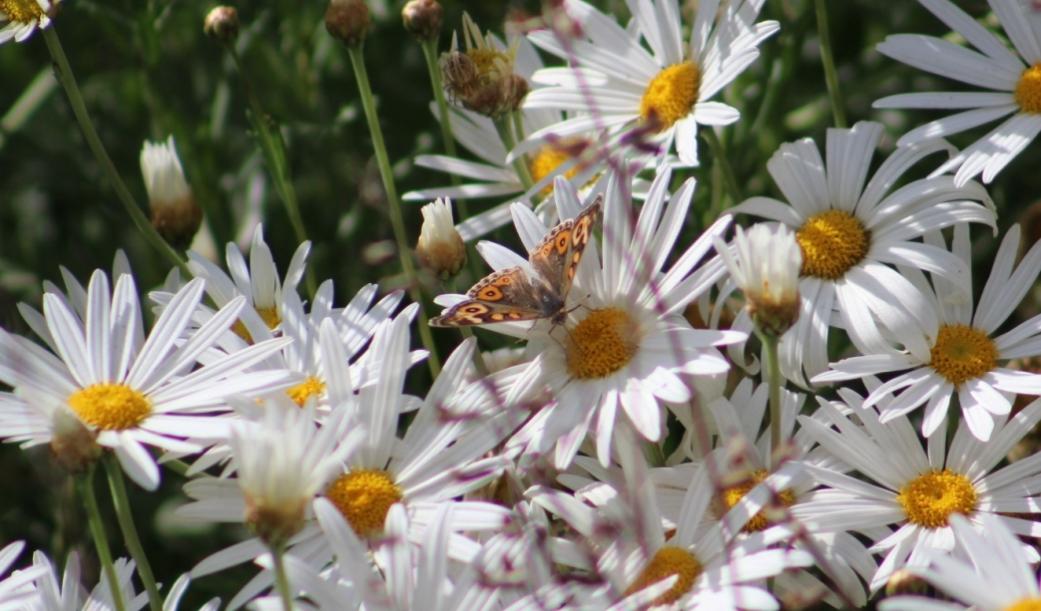
Disclaimer: These articles are not intended to provide medical advice, diagnosis or treatment. Views expressed here do not necessarily reflect those of Pittwater Online News or its staff.